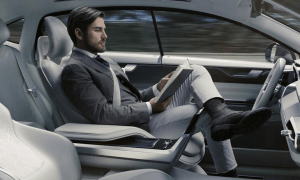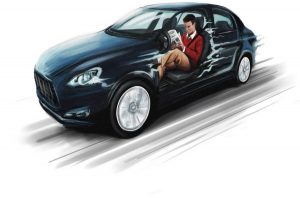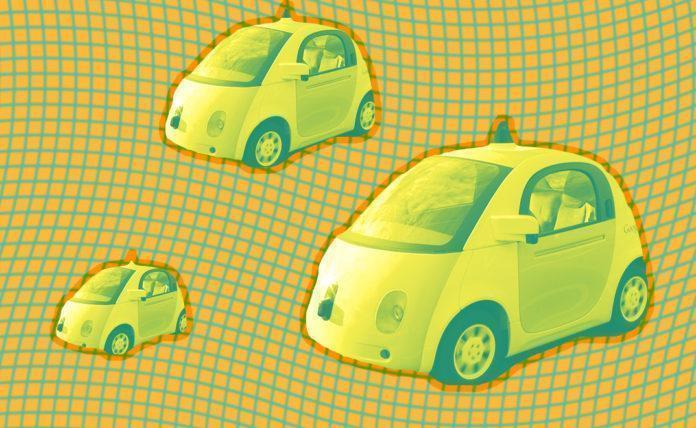By Rilind Elezaj
It’s no secret that in just a few years, our cars will be able to take us wherever we want to while we relax. That could potentially enhance our quality of life considerably. It may sound fictional or imaginary, but the autonomous vehicle revolution is underway.
The fact that self-driving cars have already started being produced is quite impressive. The future of transportation is bright, and self-driving cars are blazing the path. But amid all of the buzz you may be wondering, how do self-driving cars work?

Many cars today are actually semi-autonomous already. Some have features like self-parking.
Completely autonomous cars are entering the scene. Tesla has already started selling autonomous solutions, and Google is planning to drop an autonomous vehicle product line on the market by 2020.
To Err is Human
So, why autonomous cars? A recent study has shown that over 90 percent of road accidents are caused by human error. To err is human, but behind the wheel, mistakes are often catastrophic. Accidents have led to a massive number of unnecessary deaths—lives that could have otherwise been saved through safer driving. This is where self-driving cars come in. What do they have to offer?
- Autonomous cars are much safer than human-driven cars. They’re unaffected by factors like driver fatigue, emotion, or illness. This makes them very safe.
- Self-driving cars are always attentive and active, observing their environments and scanning multiple directions. It would be difficult to make a move that the car has not anticipated.
- Adoption of self-driving cars would mean safer roadways, which in turn would mean less demand for emergency response services, pricey insurance premiums, not to mention savings in accident-related health care for everyone.
How Do Self-Driving Cars Work?
The technological leaps and bounds we have made in recent years have finally culminated in making self-driving cars a reality. Self-driving cars are only possible today due to the existence of three technologies:
1: IoT Sensors
There are many types of sensors available today that make autonomous cars a reality. Sensors for blind-spot monitoring, forward collision warning, radar, camera, LIDAR, and ultrasonic all work together to make navigation of a self-driving car possible.
2: IoT Connectivity
Self-driving cars use cloud computing to act upon traffic data, weather, maps, adjacent cars, and surface conditions among others. This helps them monitor their surroundings better and make informed decisions. Self-driving cars must be connected to the internet even if edge computing hardware can solve small computing tasks locally.
3: Software Algorithms
All the data the car collects needs to be analyzed to determine the best course of action. This is the main function of the control algorithms and software. This is the most complex part of the self-driving car since it has to make decisions flawlessly. A “flaw,” like in Uber’s self-driving accident, can be fatal.
Google and Tesla Lead the Charge
The most famous self-driving cars in existence today are those made by Tesla and Google. Tesla cars work by analyzing their environments using a software system known as “Autopilot“.
Autopilot uses high-tech cameras to view and collect data on the world, much like we use our eyes to do, using what’s called “computer vision” or sophisticated image recognition. It then interprets this information and makes the best decision based on it. As stated earlier, Tesla’s self-driving technology is already being sold today.

On the other hand, Google takes a very different approach to its cars.
The self-driving cars Google makes use LIDAR. Simply put, lidar is like radar, but with light instead of radio waves. This sensor technology makes Google’s cars bypass the need for steering wheels and pedals.
We began this article with the question, how do self-driving cars work? Let’s end it with another: what obstacles still stand in the way for self-driving cars?
The fact that we’re looking at the mainstream adoption of autonomous vehicle technology by 2020 is pretty amazing. The technology could change all of our lives whether we own a self-driving car or not. Our society can definitely benefit from autonomous vehicles, in areas such as driving privileges for the old and the physically impaired.
Soon, everyone will be able to own a self-driving car. We can hope that there’ll be fewer crazy drivers on our roads soon.
Written by Rilind Elezaj, Senior Link Builder at Day Translations Inc.















